
Alternatives to opioids in veterinary patients
Rehabilitation is the evaluation and treatment of functional problems or impairments, the latter of which occur due to aging, disease, trauma, or surgical intervention.

Riding the wave of capnography: Understanding ETCO2
End-tidal carbon dioxide monitoring (ETCO2) has clinical uses far beyond solely determining hypo- or hyperventilation.
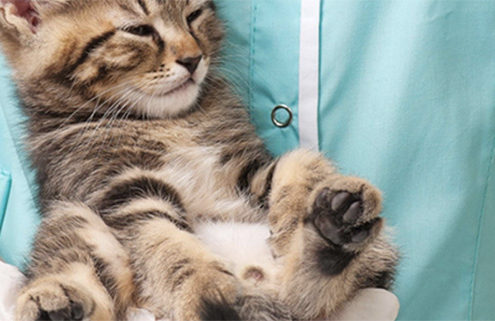
Whiskey in the water: How to smooth anesthesia with the right pre-meds
Premedication is the basis of a sound anesthesia plan or menu. Every premedication is composed of: tranquilizer and opioid, combinations of which

Perioperative hypoxemia - What do I do?
Appropriate arterial levels of oxygen are important for maintaining normal tissue oxygenation and therefore normal cellular metabolism and overall cellular function.

Dexmedetomidine use in small animal surgery
Use of dexmedetomidine in an anesthesia protocol can be nerve-racking at first, but with time you'll come to appreciate its use in balanced anesthesia.

No pain-true gain?
Half of all veterinary patients present emergently in pain, especially dogs presenting with orthopedic or neurosurgical conditions, yet rapid and accurate identification and scoring of pain remains challenging.

Inflammation: It's a pain when things blow up!
Though there are many types of pain that exist in our patients, all of those who present for a procedure where pain needs to be treated should be assessed for the presence and/or potential for inflammatory pain!
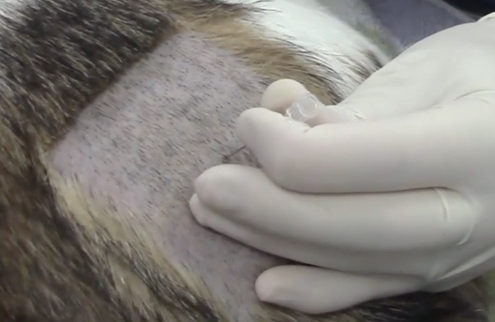
Do local blocks and epidurals strike a nerve in your practice?
Locoregional nerve blockade provides pain control and comfort, lowered inhalant concentrations, difficult tissue handling, and reduced postop inflammation.
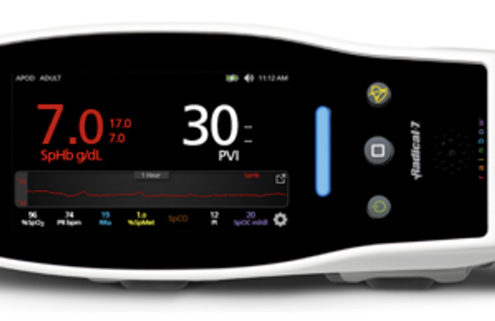
Non-invasive point-of-care monitors in ER/ICU and anesthesia
In this post, Stephen Cital discusses the Radical-7 Pulse CO-Oximeter by Masimo Corp., the only FDA-approved non-invasive CO2-oximeter marketed for veterinary use.
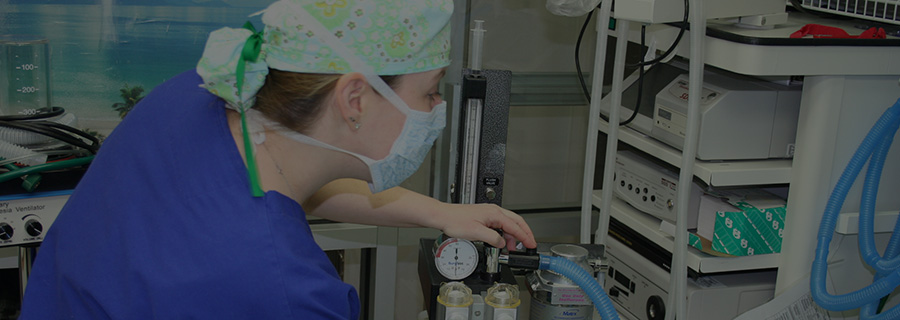
From Stage 0 to 3: Injectable Induction Agents – New and Old
General anesthesia provides us with unconciousness, amnesia, analgesia, muscle relaxation, and the ability to perform various procedures in our veterinary patients. The use of injectable anesthetic agents allows us to get our patients from premeded-awake to surgical plane of anesthesia, while minimizing the use of inhalant anesthesia and its associated cardiovascular and respiratory depression. This article discusses the more common induction single and combo agents.
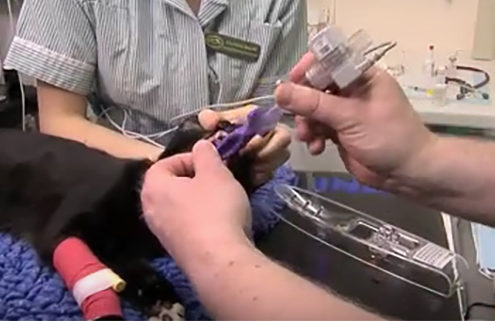
Old school and new school in airway management
Stephen Cital RVT, SRA, RLAT
United Veterinary Specialty and…

Wakin' up is hard to do
The risk for anesthesia-related complications or death does not end when the vaporizer dial is turned off. In fact, it can be argued that the greatest risk occurs during the recovery period. Equal vigilance is required during anesthetic recovery.

"My dog is geriatric, so I shouldn't anesthetize him." Fact or fiction?
The short answer is fiction, “age itself is not a disease.” Many times I have heard, “why are we anesthetizing this 17-year-old dog?”, only to have them do amazing under anesthesia and be better than before.
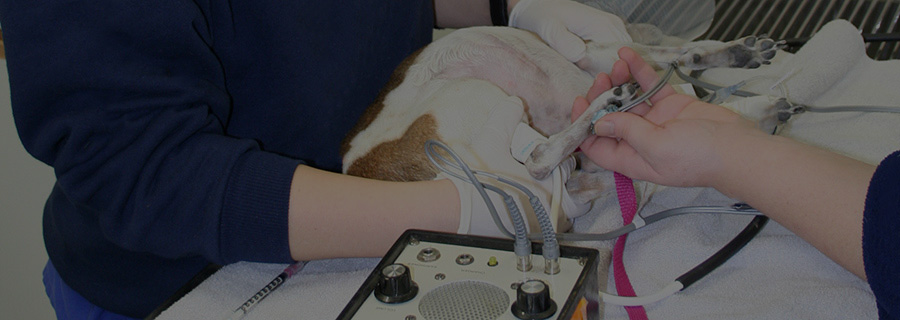
Taking indirect blood pressures
Appropriate systemic arterial blood pressure is vital for survival in any species. In practice, we are faced with many reasons and conditions to obtain and interpret a patient’s blood pressure, such as anesthesia, cardiovascular disease and kidney disease. This post provides tips to ensure accurate BP measurement.

Wet and wild: Aquatic animal anesthesia basics
2 Comments
/
This blog touches on the basics of fish and amphibian general anesthesia. Species anatomy and physiology will be lightly covered, along with considerations when choosing a general anesthetic agent.

Interventional analgesia: Part II
As veterinary pain management becomes more like human pain management in offering patients a broader range of strategies for the treatment of acute and chronic pain, the interventional strategies and the techniques described below will become more commonplace.

Interventional analgesia, part I
Interventional pain management in animals is an application of image-guided procedures which benefit veterinary patients with both acute and chronic pain. This 2-part series provides an overview of interventional analgesia in animals.

Perioperative hypothermia
Body temperature is closely maintained in mammals around an optimal set point at which ideal cellular function can occur. This is a complex process that ultimately results in a balance between heat production and heat loss. The hypothalamus acts as the main regulator of this process with multiple sensors throughout the body.

Introduction to Alfaxan: A new choice in anesthesia
Alfaxalone, marketed under the name Alfaxan® by a company called Jurox, is a neuroactive steroid with anesthetic properties. It recently became approved for induction of anesthesia in dogs and cats in the United States.
